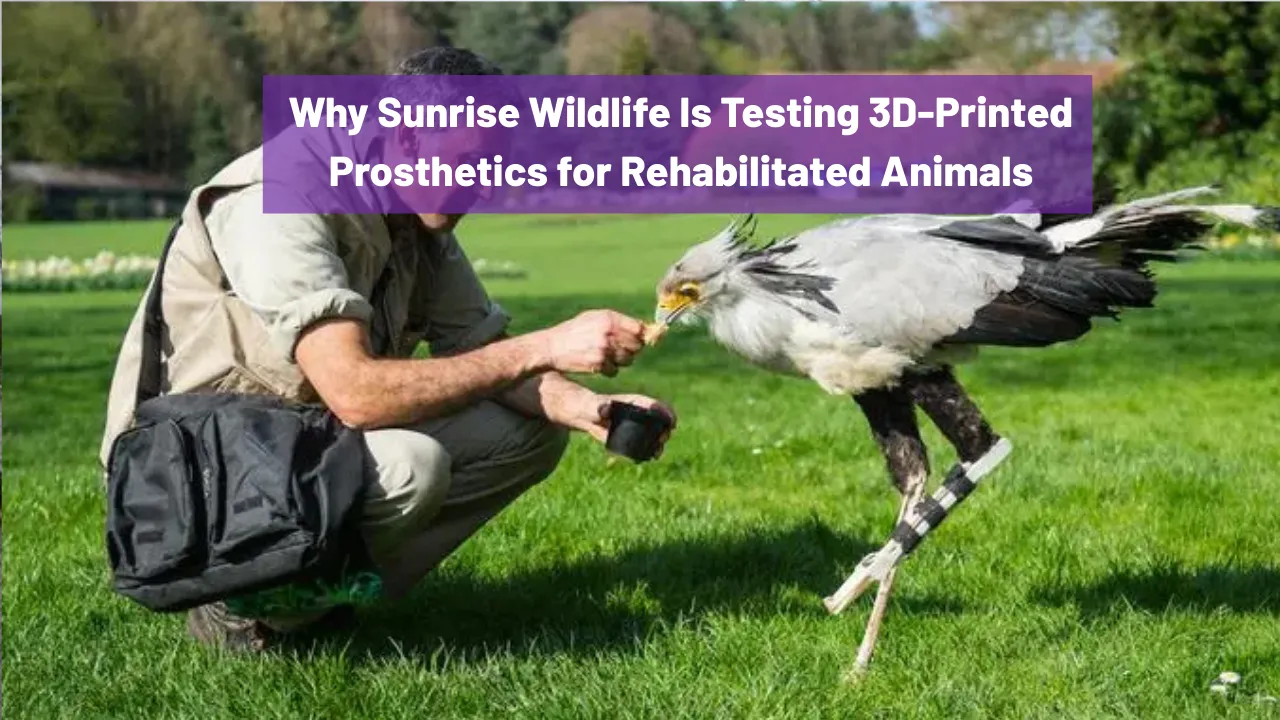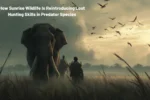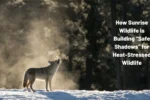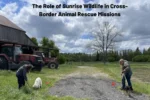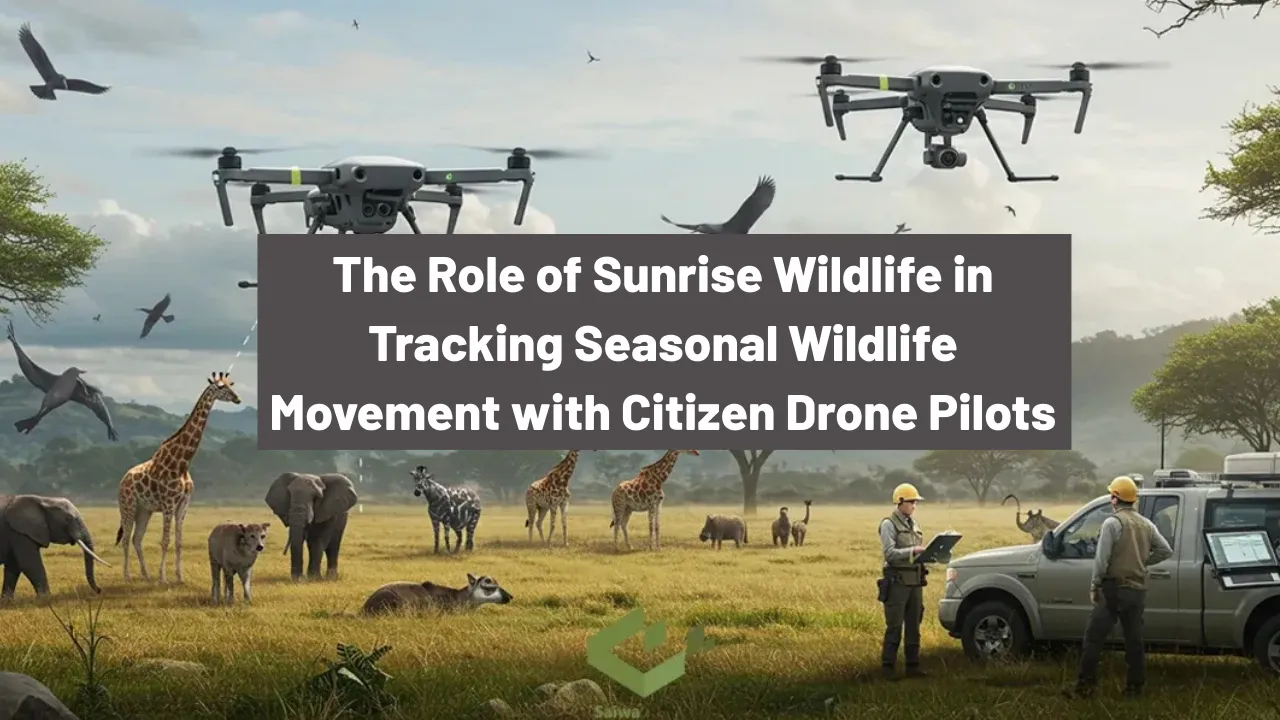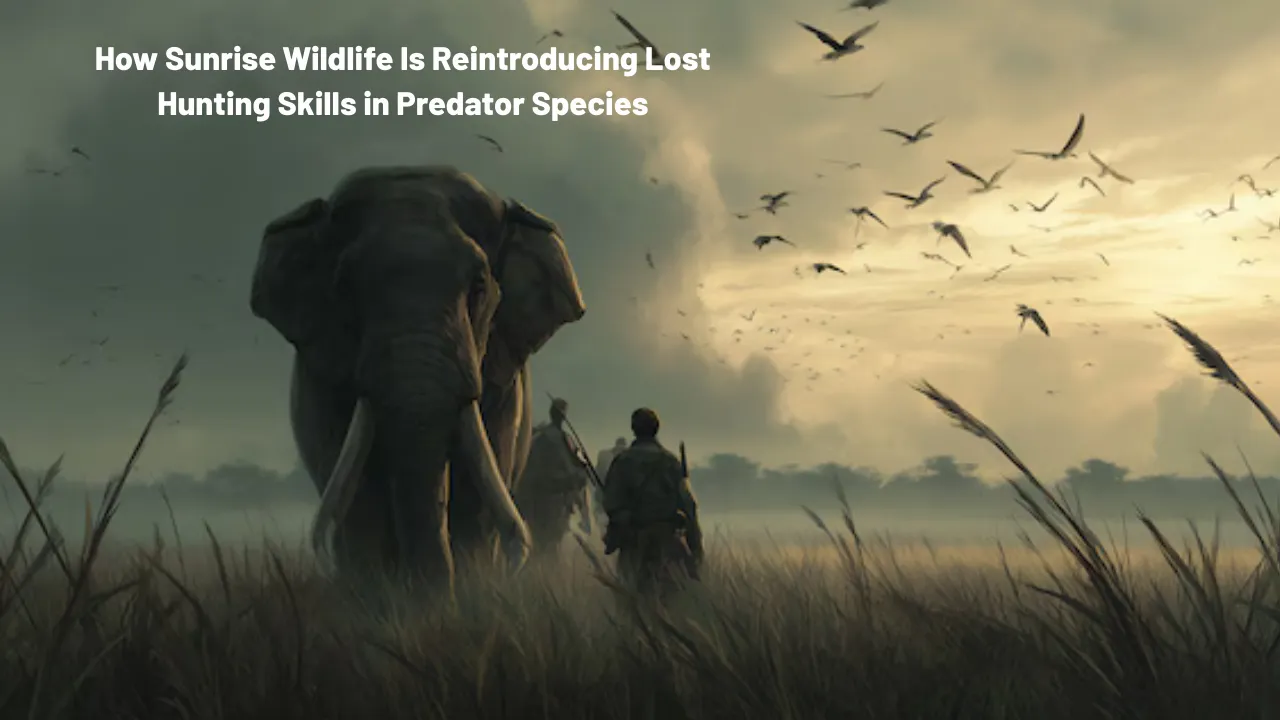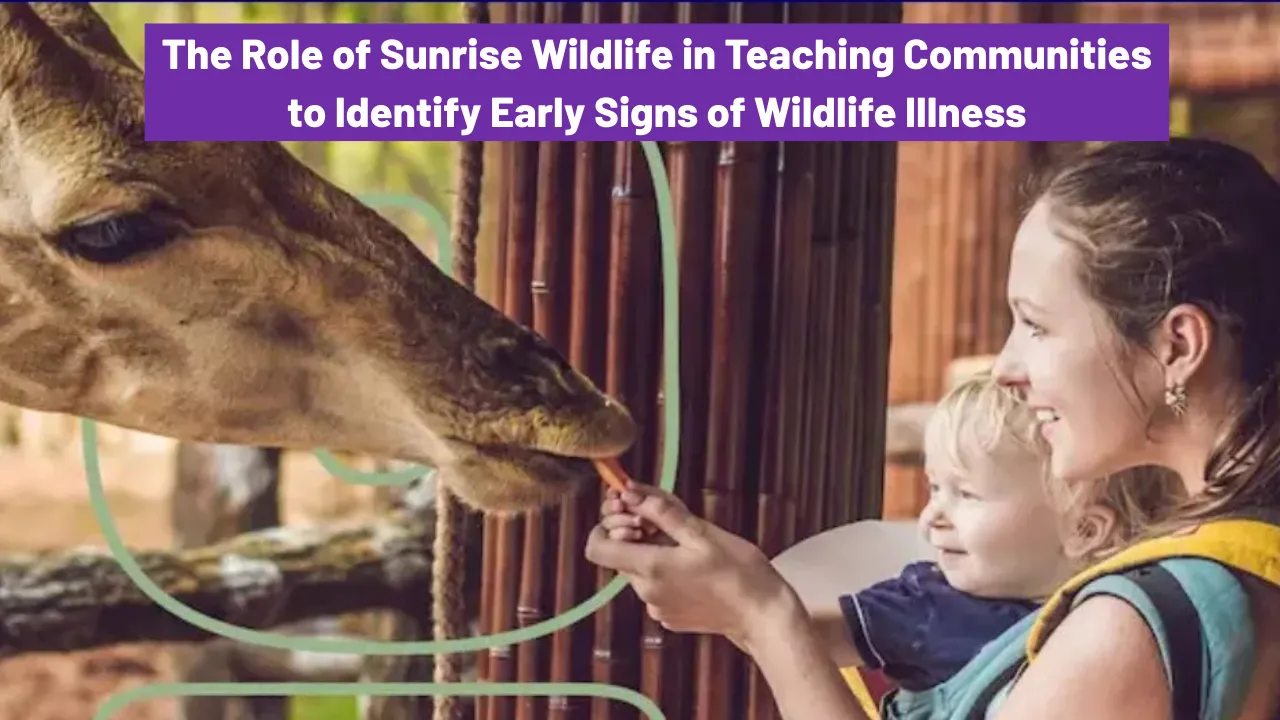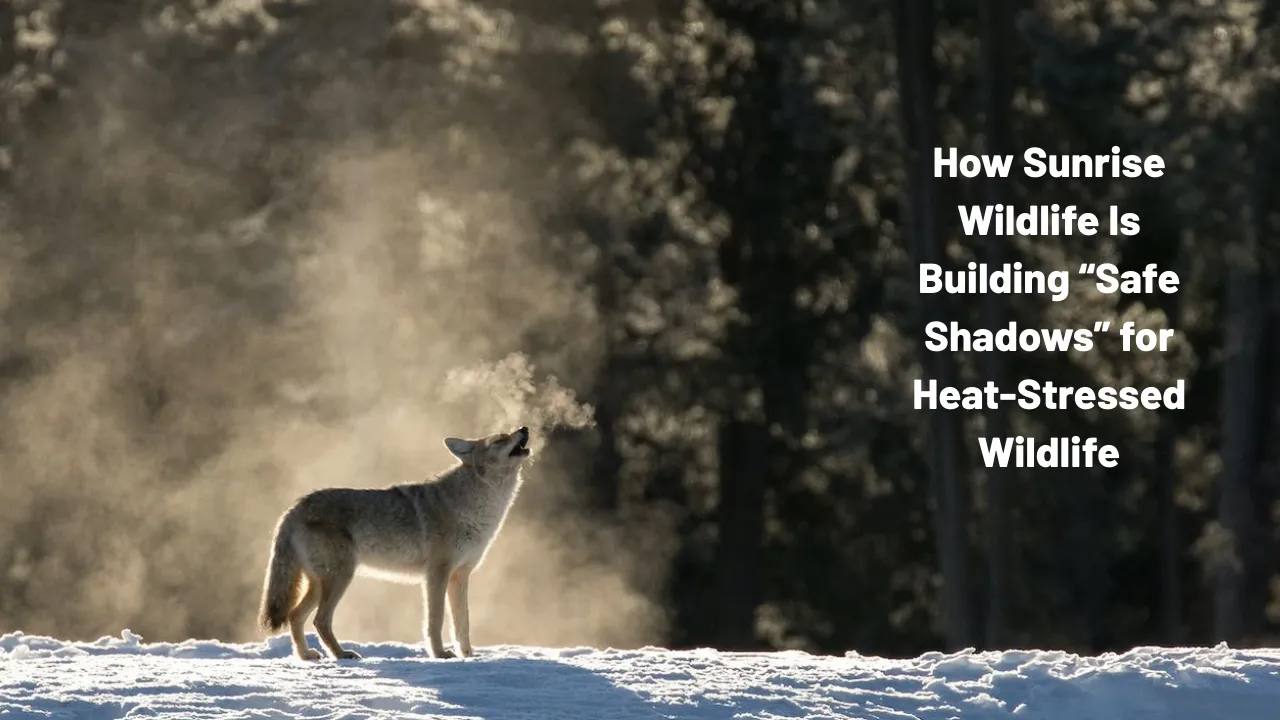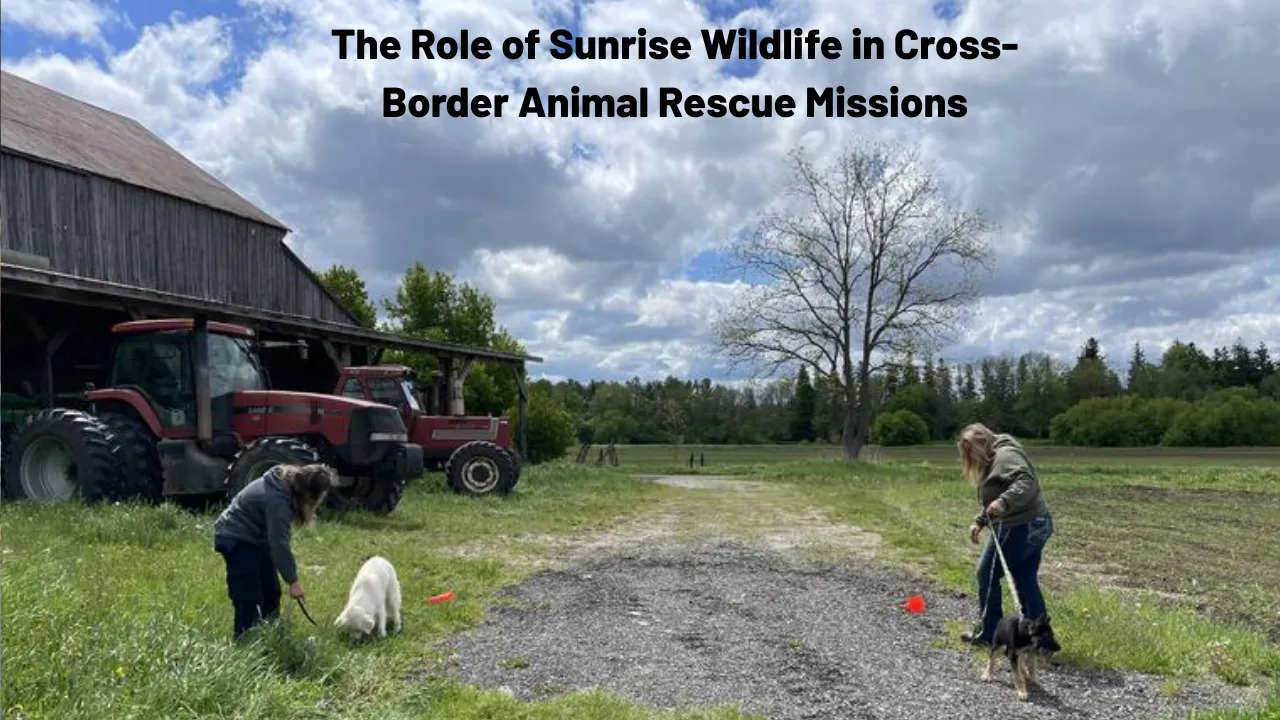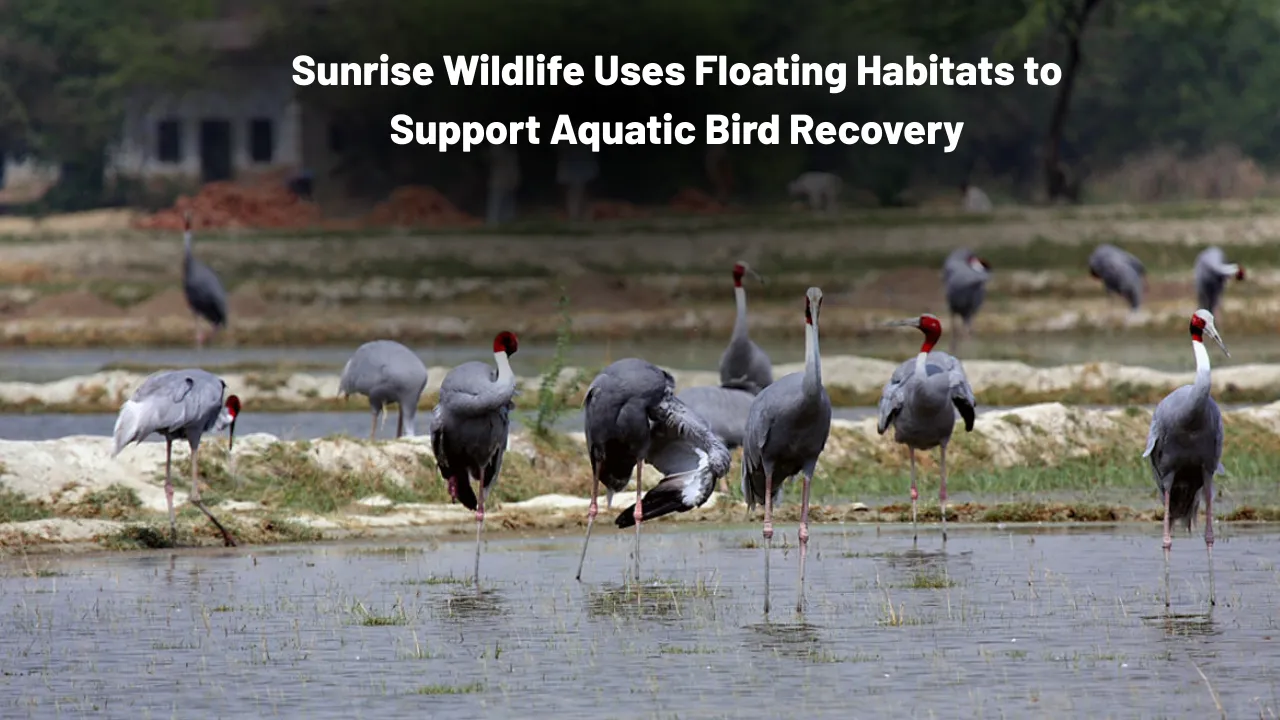3D-printed prosthetics are transforming animal rehabilitation at Sunrise Wildlife. As the world of wildlife care evolves, this sanctuary is exploring advanced ways to give injured animals a second chance at life. The use of this cutting-edge technology is not just about healing wounds—it’s about restoring freedom and dignity to creatures that have lost a part of themselves due to accidents, diseases, or natural threats.
This article explores why Sunrise Wildlife has turned to 3D-printed prosthetics and how it is changing the future for injured animals. You’ll learn about the reasons behind the shift, the process involved, and the benefits for both animals and caretakers. We’ll also look at how these prosthetics are made and which animals are benefiting the most. Whether you’re a wildlife lover or tech enthusiast, this blend of science and compassion will fascinate you.
Why Sunrise Wildlife Chose 3D-Printed Prosthetics
Sunrise Wildlife decided to test 3D-printed prosthetics because they offer fast, customizable, and cost-effective solutions. Traditional prosthetics are expensive and take a long time to make. For animals that need quick recovery to return to the wild, every second counts. The 3D printing method allows caretakers to design and fit a prosthetic perfectly suited to each animal’s unique body.
This technology also allows them to quickly test and adjust designs based on how the animal responds. If one model doesn’t work, another can be printed in hours, not weeks. This flexibility is crucial for animals with unusual body shapes or injuries in hard-to-fit areas. The goal is not just to help animals survive but to ensure they thrive.
How the 3D Printing Process Works
The process of creating 3D-printed prosthetics starts with a digital scan of the animal’s body or missing limb area. Using special software, a model is designed that fits perfectly. The printer then builds the prosthetic layer by layer using lightweight, durable materials like plastic or carbon fiber.
Once printed, the piece is carefully tested on the animal. If adjustments are needed, the design can be quickly edited and reprinted. The entire process is efficient, allowing multiple animals to benefit in a short time frame. This method is especially helpful for smaller wildlife centers with limited budgets and resources.
Animals That Have Benefited So Far
Several animals have already seen life-changing improvements thanks to 3D-printed prosthetics. For example:
- Birds with damaged beaks can eat and preen again.
- Turtles with broken shells can swim normally once more.
- Deer or raccoons with lost limbs are walking and moving more freely.
- Hawks and owls have regained balance and strength with beak or talon replacements.
Each case proves that technology can play a vital role in wildlife recovery. The prosthetics not only help with movement but also reduce pain and improve the animal’s emotional well-being.
Benefits Beyond Recovery
Using 3D-printed prosthetics doesn’t only benefit animals—it also supports education and research. Sunrise Wildlife shares its findings with veterinary schools and other rehabilitation centers. This opens up learning opportunities for students and creates new standards in wildlife care.
It also brings attention to animal injuries caused by human activity, such as car accidents, pollution, and illegal hunting. By showcasing how technology can help, Sunrise Wildlife raises awareness and promotes more responsible behavior toward nature.
Key Advantages of 3D-Printed Prosthetics for Wildlife
- Customization: Each prosthetic is designed to fit the exact needs of the animal.
- Speed: Replacements can be printed quickly, allowing for faster rehabilitation.
- Cost-effective: Saves money compared to traditional methods.
- Lightweight and durable: Materials used are animal-safe and long-lasting.
- Easy to adjust: Designs can be updated anytime with minimal effort.
How Sunrise Wildlife Ensures Comfort and Safety
Every 3D-printed prosthetic is tested for comfort and function. Animals are slowly introduced to their prosthetics, and caretakers monitor their reactions. Any sign of discomfort leads to immediate redesign. Safety is the top priority, and no device is used long-term without thorough testing.
Animals also receive physical therapy and support as they adapt. It’s not just about fitting a part—it’s about helping the animal relearn natural behaviors with the help of the new prosthetic.
Challenges and the Road Ahead
While promising, 3D-printed prosthetics also come with challenges. Some animals reject the device, and others may need multiple fittings. The technology is still developing, and not all injuries can be helped this way.
Still, the progress made so far is encouraging. With more investment and research, the future looks bright for using 3D printing in wildlife care. Sunrise Wildlife continues to explore new materials, designs, and partnerships to improve the lives of the animals they rescue.
FAQs
1. Why are 3D-printed prosthetics better than traditional ones?
They are faster to make, cost less, and can be tailored to fit each animal perfectly.
2. What animals benefit the most from 3D-printed prosthetics?
Birds, turtles, and small mammals with missing limbs or damaged parts are common beneficiaries.
3. Are these prosthetics safe for animals?
Yes, they are tested for comfort and safety before long-term use.
4. How long does it take to make a prosthetic?
Some designs can be ready in just a few hours, depending on complexity.
5. Can animals return to the wild with these prosthetics?
In some cases, yes. It depends on the animal’s health and ability to survive on its own.
Final Thought
3D-printed prosthetics are making a powerful difference at Sunrise Wildlife, offering injured animals a chance at a better life. If you found this inspiring, consider sharing it with a friend or leaving a comment below. Want to explore more amazing stories about animals and innovation?
